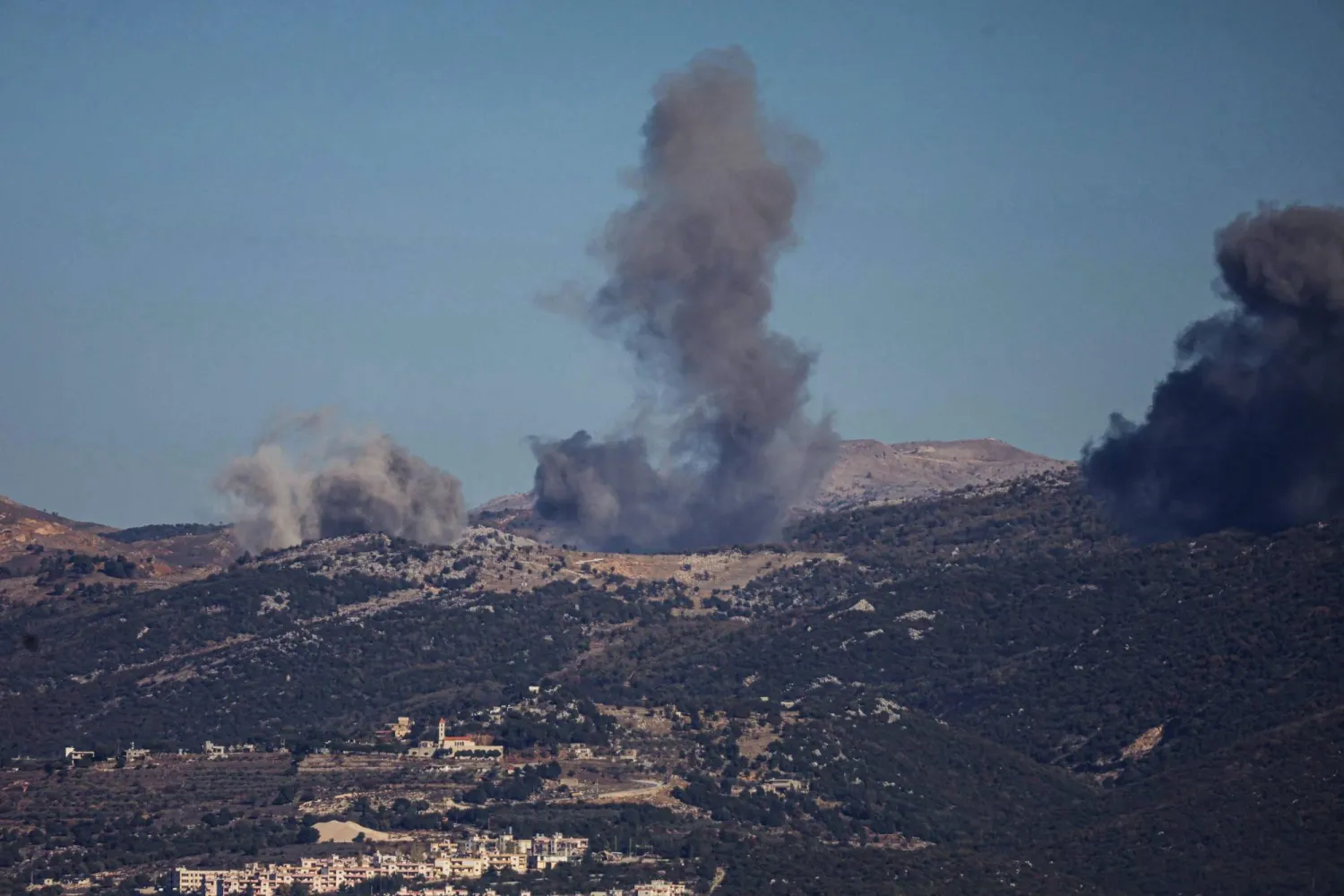The conflict over the Sayyida Zainab region and the surrounding areas south of the capital Damascus is persisting between Iranian militias and Syrian security forces and the 4th Armored Division.
The dispute erupted over the closure of a main road that leaders to the region, while only one route was kept open to the area.
Conflicting reports have emerged over which side took such a step in a region that is controlled by Iran and its militias.
The Sayyida Zainab region is only accessible through two main roads. The first is the “Mafraq al-Mustaqbal” that lies on the Damascus International Airport highway. The second road starts from Damascus’ al-Qazaz neighborhood, passing through the towns of Babbila and Hujeira and reaches Sayyida Zainab.
The Hujeira road was recently blocked by a large sand barrier and unidentified gunmen have been deployed in the area to thoroughly inspect the identification cards of passersby.
The Babbila-Hujeira-Sayyida Zainab route was opened in 2018 after the Syrian government recaptured the area through a Russian-mediated “reconciliation” agreement. Soon after, an intelligence agency checkpoint was set up at Hujeira’s northern entrance.
The checkpoint is still there today, just a few dozen meters from the new sand barrier.
Moreover, other sand barriers have been set up at byroads leading to Sayyida Zainab. Only two or three of those roads have been left open and they all lead to Iranian headquarters.
Several posters of President Bashar Assad, and others of him with his brother Maher, leader of the 4th Armored Division, and others of him with Hezbollah chief Hassan Nasrallah, have noticeably gone up on the region.
A local source told Asharq Al-Awsat that the Hujeira residents were surprised with the sand barrier and with how people traveling in their vehicles were barred from reaching their homes. They said that cars were only given access to the region through the Mafraq al-Mustaqbal road.
“No one knows why and who set up the barrier,” they said.
Some spoke of disputes when Iran’s Shiite militants attacked members of the Armored Division, prompting the latter to block the road. Others said that the militias were the ones who set up the barrier in order to consolidate their control over the region.
Another source told Asharq Al-Awsat that the members of the security and Armored Division were “very upset with Iran’s swallowing up of the region.”
Iran has set up a large complex over vast territories in northern Hujeira that it says serves recreational, sports and cultural purposes. It also set up a large barracks to its south and continues to purchase houses in the area, revealed the source.
The rival factions clash and “the people pay the price by going through pains to reach their work, schools and securing their basic needs.”
People driving up the Mafraq al-Mustaqbal road told Asharq Al-Awsat that the checkpoint there was usually held by Shiite militias.
Now, there are three checkpoints: One jointly held by the militias, general intelligence and Armored Division, another held by the “military security” agency and a third held by the general security directorate.
The Syrian Observatory for Human Rights had reported in early May on a struggle for power raging since mid-March between the Iranian militias and Armored Division in regions south of Damascus.
The disputes had erupted after the militias blocked main roads and byroads connecting Sayyida Zainab to Babbila and Hujeira. The militias also deployed their gunmen along the blocked roads without offering any explanation for their actions.
Sayyida Zainab was seen as an Iranian stronghold even before the eruption of the Syrian conflict in 2011. The region was visited by Shiites from Iran, Iraq, Lebanon, Afghanistan and Pakistan
When the conflict broke out, Iran took it upon itself to “defend” the area and used that as an excuse to attract gunmen from around the globe to Syria. Now, some 50 local and foreign militias boasting some 60,000 gunmen loyal to Iran are deployed in Syria.
=









